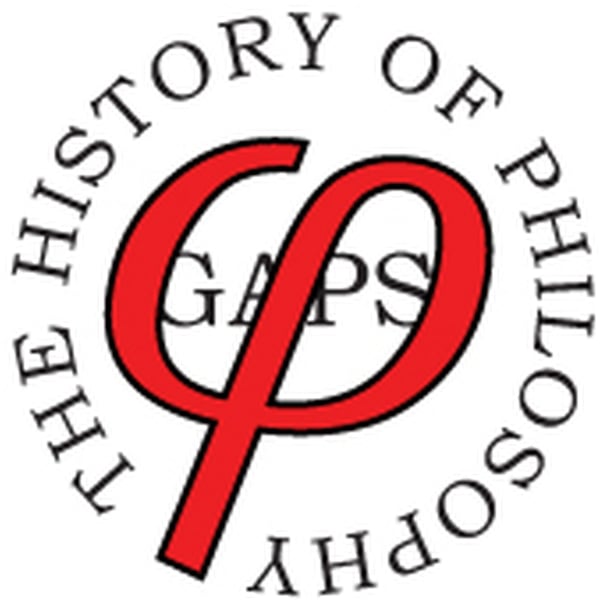HoP 318 - Oliver Primavesi on Greek Manuscripts
History of Philosophy Without Any Gaps
Peter Adamson
4.7 • 1.9K Ratings
🗓️ 10 February 2019
⏱️ 36 minutes
🧾️ Download transcript
Summary
Transcript
Click on a timestamp to play from that location
| 0:00.0 | These those of us. Hi, I'm Peter Adamson, and you're listening to the History of Philosophy Podcast, brought to you with |
| 0:20.0 | the support of the Philosophy Department at King's College London and the |
| 0:23.4 | LMU in Munich online at history of philosophy dot net. Today's episode will be an |
| 0:28.8 | interview about Byzantine manuscripts with Oliver prima vasey who is professor of Greek right here at the |
| 0:34.8 | LMU in Munich. Together with me and Christopher Rapp, Oliver directs the Munich School of Ancient Philosophy |
| 0:40.9 | and I've wanted to have him on the podcast for a long time, so I'm glad to finally have him here. |
| 0:45.4 | Hi, Oliver. |
| 0:46.4 | Hi, thanks for coming on the series. |
| 0:49.5 | You're the perfect person to talk to about this topic because you work a lot with Greek manuscripts in the process of editing ancient philosophical works and you've worked on a variety of authors including Empedocles but you're most known before your work on Aristotle, or at least that's what you've been doing in the past years. |
| 1:07.0 | Can you, though, before we get into talking about how you go about editing a work by Aristotle. |
| 1:13.5 | Can you just describe what a Byzantine manuscript looks like? |
| 1:16.7 | So if I was if I were allowed to pick one up and hold it in my hands, |
| 1:20.2 | what would I be holding? |
| 1:21.5 | Basically, it's a book with pages, |
| 1:25.0 | and the writing material will be either parchment or paper, the envelope will be leather, and if it's paper, then an interesting feature of these pages will be the watermarks which allow a precise date for the production of the paper, which is very important in establishing |
| 1:56.3 | the sequence in which one manuscript was copied from the other. Another very important feature of the Byzantine book is that the pages, or rather the folia, |
| 2:12.2 | i.e. the sheets, are combined into quires. |
| 2:17.0 | So one double sheet or b-follium will not be bound separately, within a choir a little booklet as it were and it's very |
| 2:28.4 | important for the history of the text to take into account the loss of choirs in such a book and the reentry of them, perhaps at the wrong place, which explains many features of mistakes in our transmission. |
| 2:45.0 | So pages don't just fall out one sheet at a time, |
| 2:48.0 | they fall out in bunches of pages that were grouped together. |
| 2:51.0 | Yes, that's it. And how fragile are they? I mean, are they |
... |
Transcript will be available on the free plan in -2239 days. Upgrade to see the full transcript now.
Disclaimer: The podcast and artwork embedded on this page are from Peter Adamson, and are the property of its owner and not affiliated with or endorsed by Tapesearch.
Generated transcripts are the property of Peter Adamson and are distributed freely under the Fair Use doctrine. Transcripts generated by Tapesearch are not guaranteed to be accurate.
Copyright © Tapesearch 2025.

